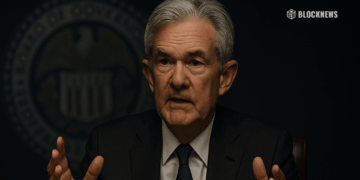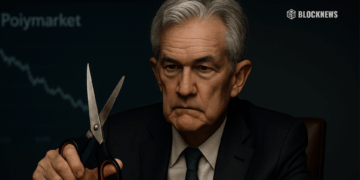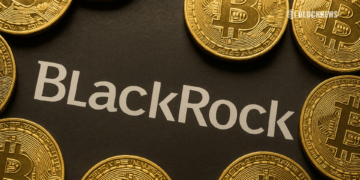- U.S. district judge approves SEC’s motion to unseal pivotal documents in the ongoing lawsuit against Binance US, highlighting concerns over the crypto exchange’s “lack of transparency.”
- The unsealed documents reveal SEC’s apprehensions regarding Binance US’s asset control, including the suspicious role of wallet custody service Ceffu in overseeing BAM’s crypto assets.
- As the legal battle unfolds with a follow-up hearing slated for October 12, the crypto community anticipates revelations that could potentially shape the U.S. crypto regulatory landscape.
In a recent development in the ongoing lawsuit between the U.S. Securities and Exchange Commission (SEC) and Binance US, a district judge approved the SEC’s motion to unseal key documents, shedding light on the regulatory body’s concerns and the crypto exchange’s operations. This move comes amidst accusations of a “lack of transparency” by Binance US. Let’s delve deeper into the unfolding scenario, with a particular focus on the initial revelations from the unsealed documents.
The lawsuit initiated in June saw the SEC bringing forth 13 charges against Binance US, including operating as an unregistered securities exchange and the alleged commingling of billions of dollars of customer funds in an account controlled by an entity, Merit Peak, overseen by Binance CEO Changpeng Zhao. Following the lawsuit, an emergency order was sought to freeze Binance US’s assets to safeguard customer funds.
A Glimpse into the SEC’s Allegations
The recent approval to unseal documents reveals the SEC’s persistent concerns regarding the transparency and control of Binance US’s assets. The regulatory body accused Binance US’s holding company, BAM, of producing only 220 documents, including “unintelligible screenshots,” which were deemed insufficient to ensure the safety of BAM’s customer assets from potential interference by Binance or Zhao.
Furthermore, the SEC raised alarms over the role of Ceffu, a wallet custody software service owned by Binance Holdings Ltd, suspecting it had control over BAM’s crypto assets through a certain arrangement. The regulator emphasized its unawareness of BAM’s external auditor, FGMK, raising concerns over Ceffu’s role in a June letter, a fact that came to light only in July 2023.
Transparency and Scrutiny
As the court instructed the unsealing of over a dozen exhibits, partially or fully, it marked a significant step towards transparency in the lawsuit. The SEC did not oppose the sealing of some documents identified as confidential by Binance, yet the court granted a week’s time for Binance US and other defendants to justify the confidentiality designation for certain documents.
U.S. Magistrate Judge Zia M. Faruqui urged both parties to work collaboratively on various discovery requests, emphasizing the necessity for more information on Binance US’s current custody solution. The judge expressed his lack of full confidence in BAM’s control over their assets, highlighting the need for a deeper understanding of the situation.
The coming weeks are poised to reveal more details about Binance US’s operations and the SEC’s investigation as more documents become public. With a follow-up hearing scheduled for October 12, the crypto community is keenly watching as the events unfold, anticipating insights that could potentially shape the future of crypto regulations in the U.S.














